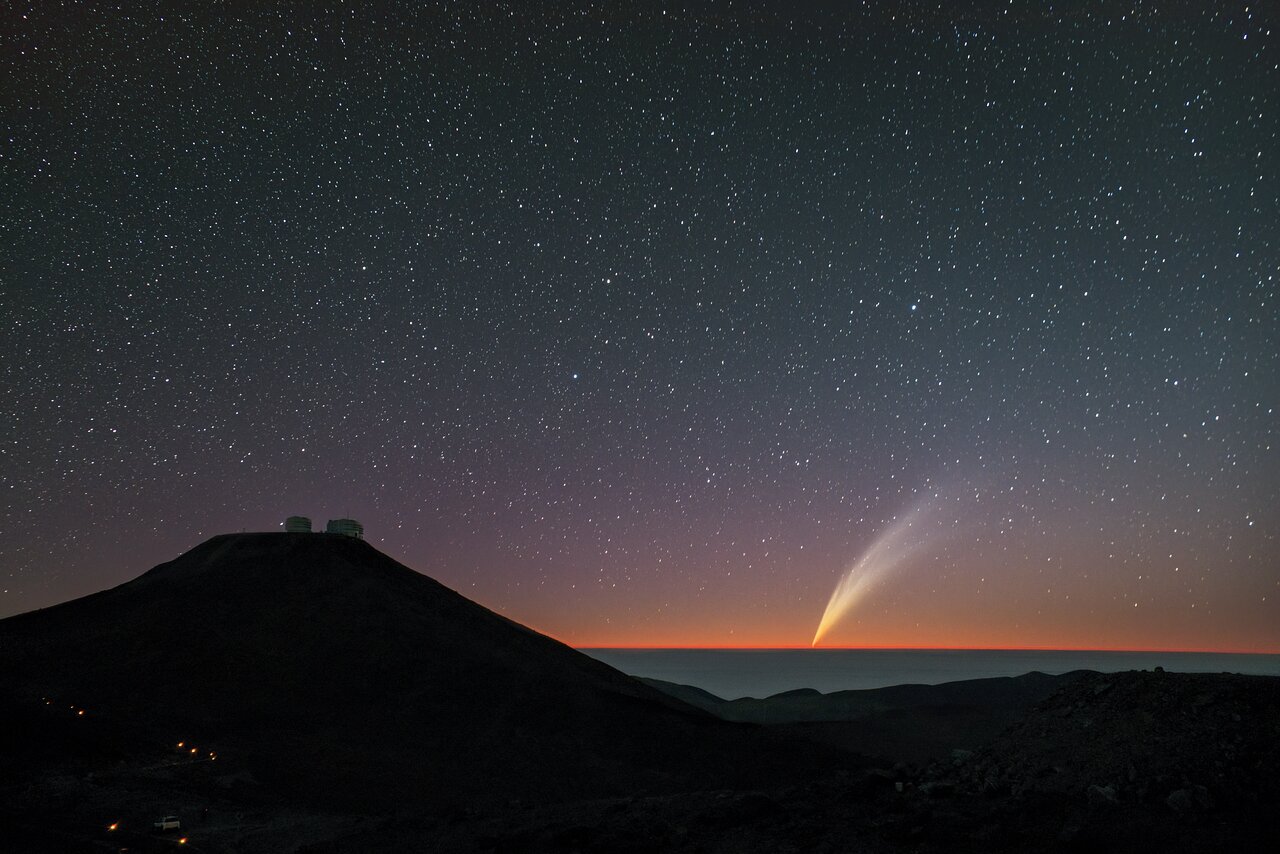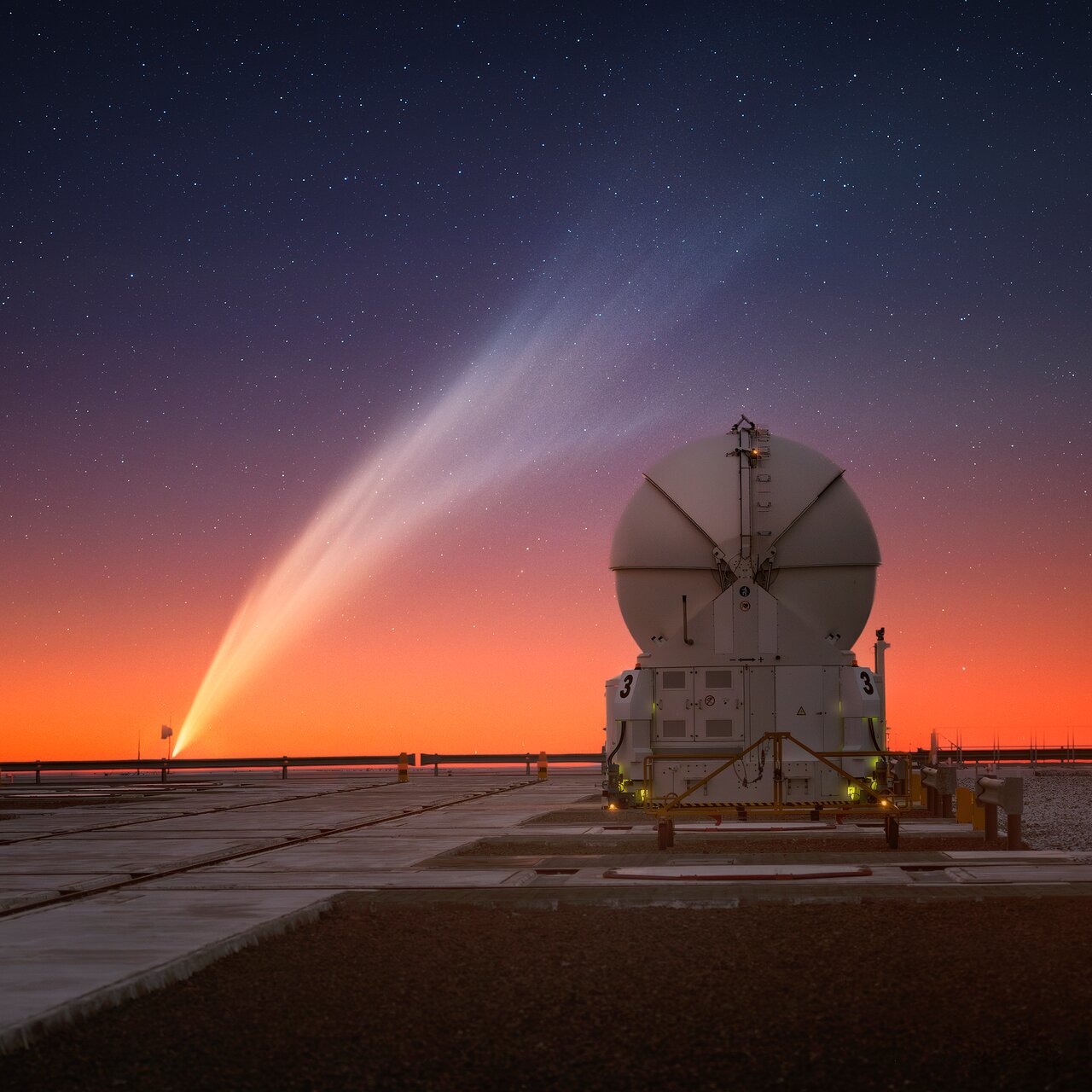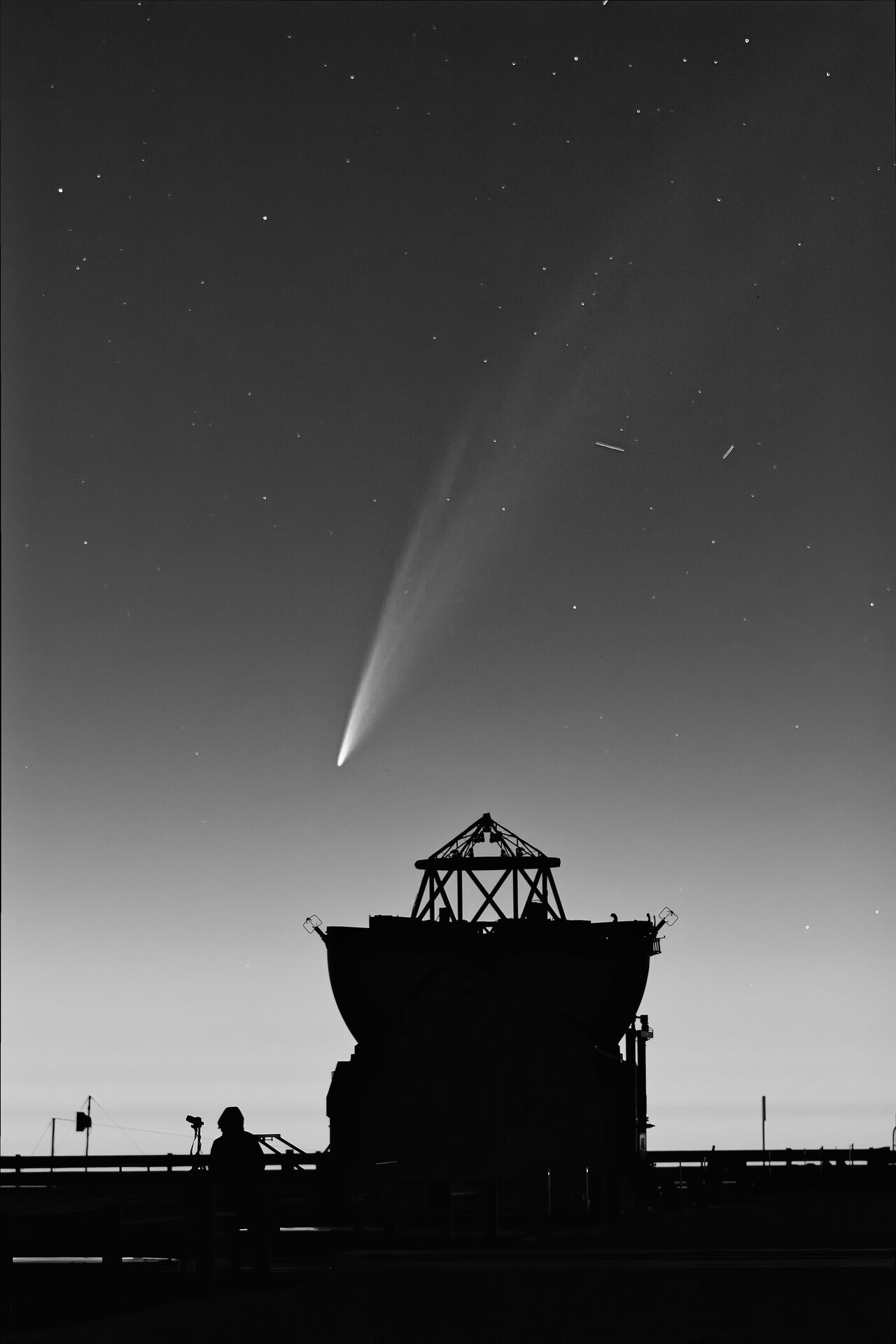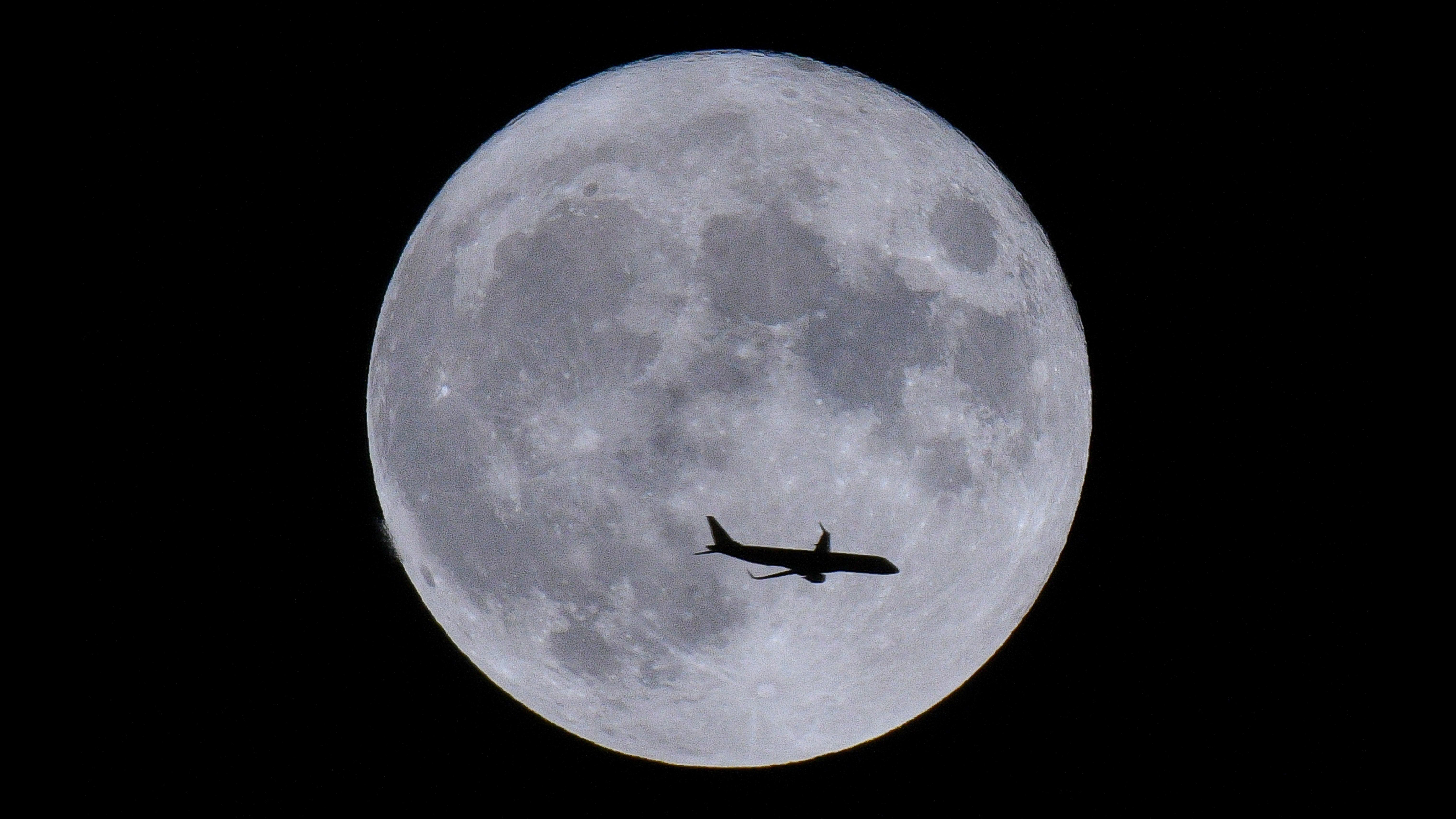Can’t wait another 600,000 years to see Comet G3 (ATLAS)? At least we have these stellar photographs for posterity
Photographers have been sharing their photographs of Comet G3 (ATLAS), which burned bright during January in the southern hemisphere

It’s been a busy few weeks for astrophotographers. Not only has the ongoing planet parade been delighting stargazers, but from mid to late January, Comet G3 (ATLAS) could be seen streaking across Earth’s skies. And such was its intensity, it’s already being referred to as a ‘great comet’.
Comet G3 (ATLAS) was first discovered by the Asteroid Terrestrial-impact Last Alert System (ATLAS) in April of last year and while it’s been calculated as taking 160,000 years to reach perihelion (its closest point to the sun), it could take 600,000 years to complete its outbound orbit.
Southern Hemisphere stargazers were treated to a better spectacle than those in the Northern Hemisphere, but photographers on either side of the equator managed to make the most of this cosmic spectacle. The comet comes not long after the world was gripped by comet fever as photographers clamored to capture an image of Comet Tsuchinshan-ATLAS before it disappeared for 80,000 years.

Three of the images here were captured courtesy of the European Organisation for Astronomical Research in the Southern Hemisphere (ESO). The organization operates multiple observatories in northern Chile and the trio of images were all captured from the Paranal Observatory between January 19 and 21. In each shot the comet is extremely prominent within the frame, displaying a long and bright dust tail.
Such was the comet’s brightness that Space.com quoted comet observer, John Bortle, as calling the celestial object, "There is little question that, with its daylight display and spectacular evening apparition in a moonless sky, Comet 2024 G3 will long be remembered as the Great Comet of 2025, the first of its kind seen since Comet McNaught." To put that into perspective Comet McNaught graced Earth’s skies well over a decade ago in 2007.

According to Star Walk, the comet looked its best before and during perihelion on January 13, when viewed in the southern hemisphere. The comet’s low position in the sky, as well as its close proximity to the sun, made it a more challenging object for astronomers in the northern hemisphere to view and photograph.
As of February 3 it was still present in the southern hemisphere (but no longer visible in the northern hemisphere). Despite dimming, Star Walk noted that it appeared visibly brighter, due to moving “farther from the Sun and into darker skies.” But with the comet’s nucleus widely reported to have disintegrated the comet is no longer visible via the naked eye.
Get the Digital Camera World Newsletter
The best camera deals, reviews, product advice, and unmissable photography news, direct to your inbox!
A post shared by JOSH DURY PHOTO-MEDIA B.A. FRAS | ‘STARMAN’ (@josh_dury_photomedia)
A photo posted by on
Despite the challenges faced by northern hemisphere photographers, prolific astrophotographer and Digital Camera World contributor Josh Dury (@josh_dury_photomedia) managed to capture a superb image of the comet against a fiery orange sky, just after sunset on January 15 from Severn Beach in the UK.
He said: “It was not an easy catch. But there on the back of the LCD monitor, the comet made its presence known. Could this be one of the first few images of the comet photographed from the UK?”
You may also like...
Interested in astrophotography? Make sure you know the key astrophotography in February events. If you're looking to upgrade your astro kit, check out the best star tracker camera mounts and the best telescopes for astrophotography.

Mike is Digital Camera World's How To Editor. He has over a decade of experience, writing for some of the biggest specialist publications including Digital Camera, Digital Photographer and PhotoPlus: The Canon Magazine. Prior to DCW, Mike was Deputy Editor of N-Photo: The Nikon Magazine and Production Editor at Wex Photo Video, where he sharpened his skills in both the stills and videography spheres. While he's an avid motorsport photographer, his skills extend to every genre of photography – making him one of Digital Camera World's top tutors for techniques on cameras, lenses, tripods, filters and other imaging equipment – as well as sharing his expertise on shooting everything from portraits and landscapes to abstracts and architecture to wildlife and, yes, fast things going around race tracks...
You must confirm your public display name before commenting
Please logout and then login again, you will then be prompted to enter your display name.
